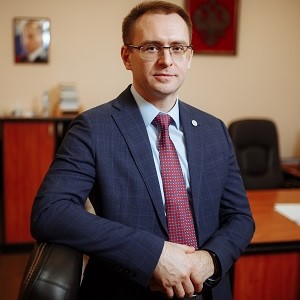– Vladimir Dmitrievich, what has been done in the last five years?
– We have switched to individual educational trajectories, when students themselves can choose academic disciplines, modules and even entire tracks. This allows them to gain additional qualifications during their studies.
Almost all processes at the University have been digitized. An environment of digital services has been created that help solve any problem, accumulate and analyze data, and make management decisions. So, every student and university employee today has their own personal digital account.
The student can see his schedule there, choose study modules or disciplines, upload his term paper, as well as final qualifying work, send it along with a review and evaluation of the Antiplagiat program to the electronic library. The teacher can view the assignments completed by students in his personal account, send them his comments and give grades. The employee's personal digital account reflects his working and non-working days, information about additional education, salary and planned vacation.
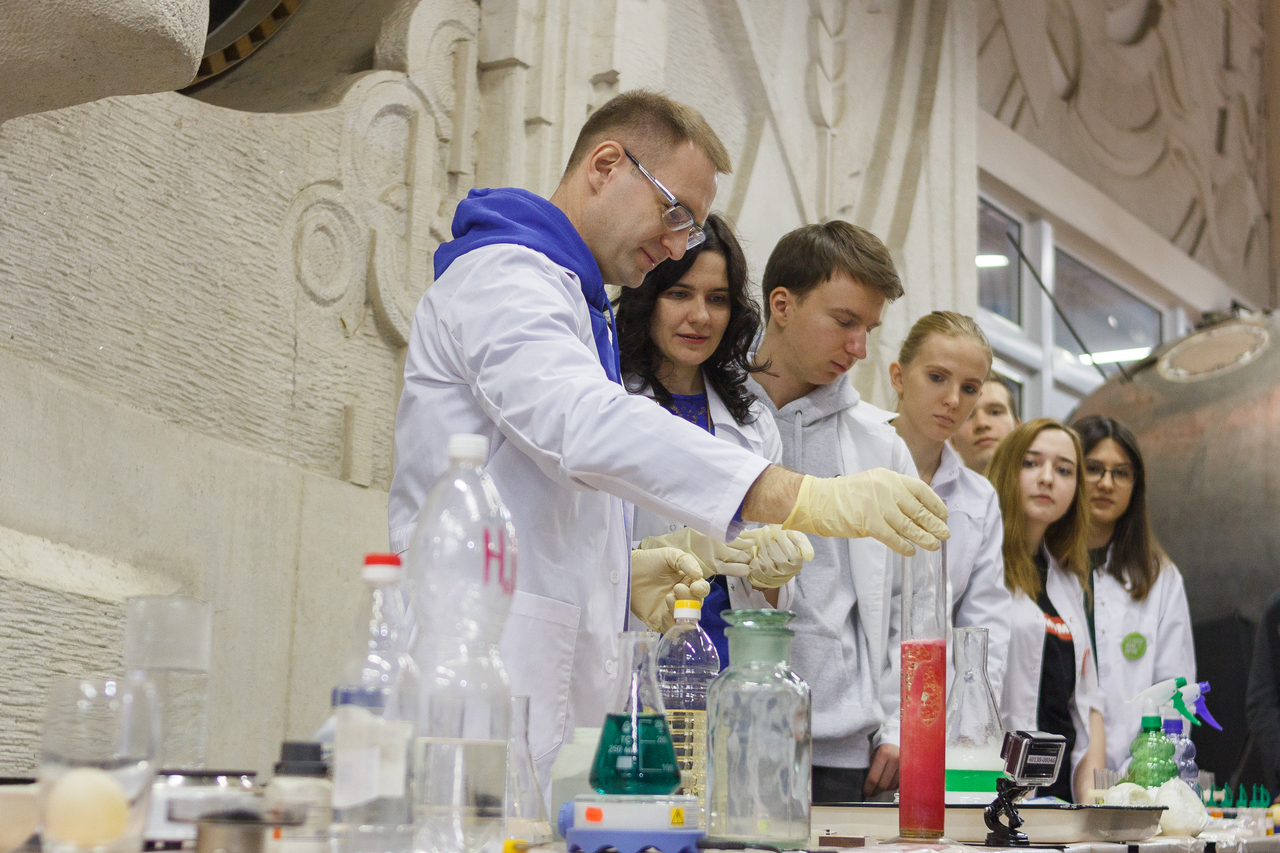
The admission campaign is also carried out in a digital format. The applicant can submit documents through his personal account on the website of the admissions committee or on Gosuslugi.
I would also like to note the increase in the share of scientific research in the university's activities. Every student can participate in scientific projects and work in our scientific laboratories, of which we have more than 80 today. In terms of science, we have a record figure this year – more than a billion rubles in R&D performed under various grants and orders from enterprises. This is 23–24% of the university's budget, and our task is to continue to increase this amount both in absolute and relative terms.
– In the President's message, special attention was paid to the salaries of university teachers. How much do University employees receive today?
– As for teachers, we meet the target of 200% of the average salary in the region, more than 1,500 university teachers receive over 100,000 rubles. In my opinion, the salary at the University is decent, it gives an opportunity to engage in scientific research and creativity.
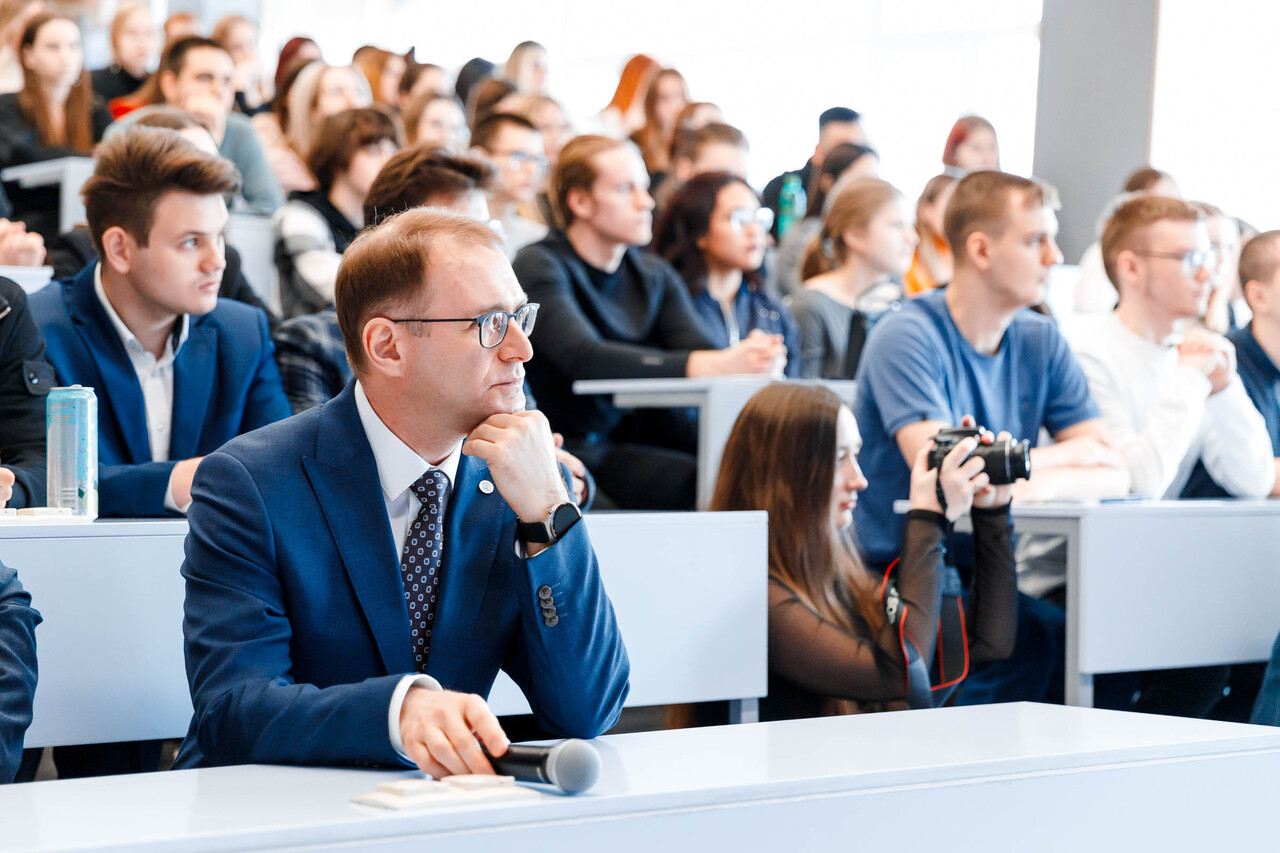
If we talk about the average salary of university employees in general, of whom we now have more than 2,600 people, then it exceeds 80,000 rubles. I would also like to note that salaries are growing from year to year.
– What new opportunities have university students got in recent years?
– These are opportunities related to technological entrepreneurship. We teach students to work in a team and try themselves in different roles – for example, designer, technologist, organizer, or marketer. For students of technical fields, this is a unique opportunity to gain so-called soft competencies – skills of self-presentation, speaking, and marketing research. Students of social and humanitarian fields, on the contrary, receive technical and digital knowledge.
Students learn in a team to create a new product, a new service, and boldly experiment before entering the real market. Not all of our graduates will go to work for large enterprises. We need to prepare students so that they can open their own businesses and create new jobs, including in the field of social entrepreneurship.
Students who have completed such training have an increased level of responsibility. And large corporations tell us that they are ready to hire our graduates as whole and established teams.
– What major federal projects is the University involved in today?
– We participate in national projects "Science and Universities", "Digital Economy", "Demography", and others.
According to the national project "Demography", we are engaged in retraining or advanced training in the Samara region. We help women who are on parental leave or people of pre-retirement age to get a new specialty and find a job. For them, we conduct courses in many popular areas, such as "landscape design", "fundamentals of law" or "fundamentals of office management".
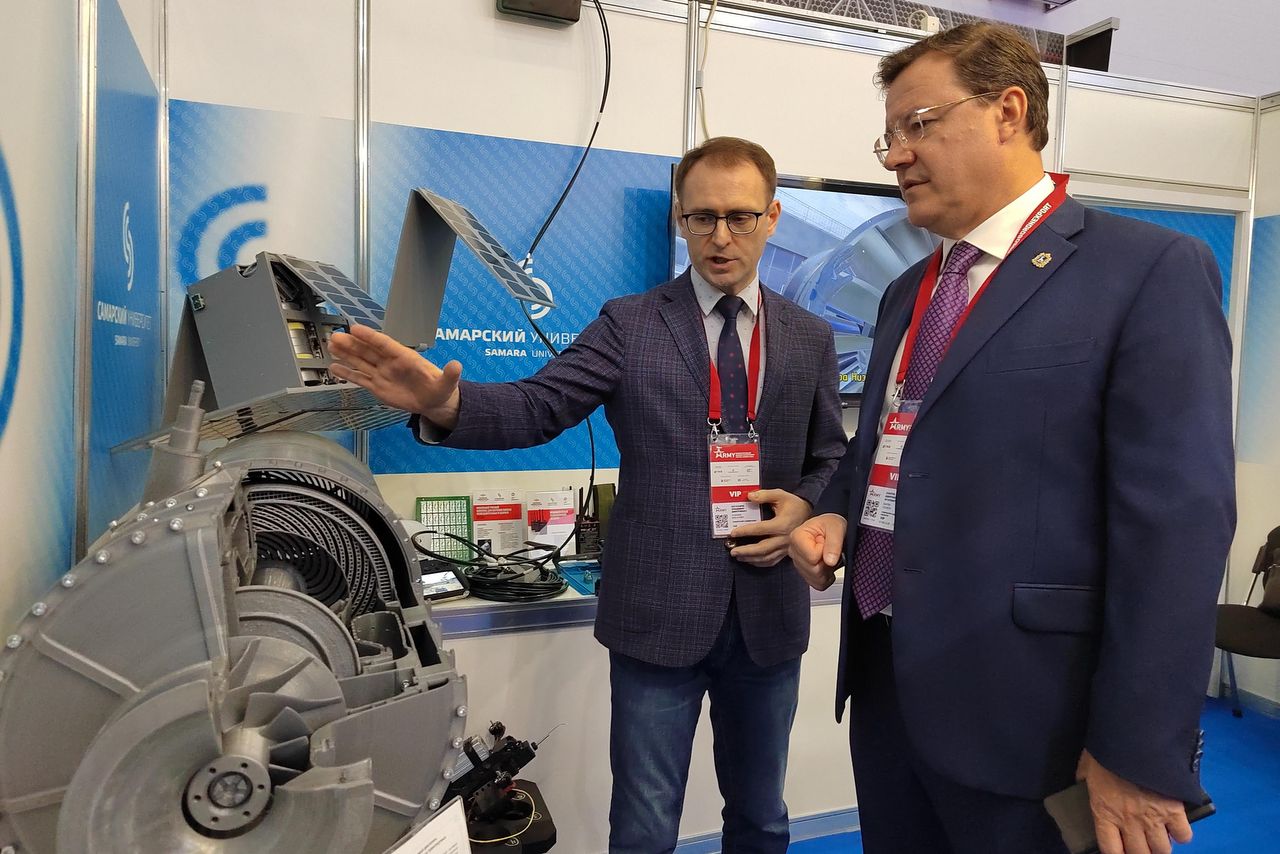
According to the national project "Science and Universities", we participate in the projects "Priority 2030", "Advanced Engineering Schools", in the project of construction of interuniversity campuses. Our main slogan is "Space for life". Our mission is to promote Russia as a space power, to train personnel for high-tech industries, including aviation and cosmonautics.
Our Advanced Engineering School is faced with the task of moving from single piece to mass production of aerospace equipment. Airplanes, satellites and rockets are manufactured in Russia piece by piece today, we need to move to mass production. We need hundreds of satellites in orbit to distribute the Internet and monitor the Earth's surface. Our country is big.
According to the national project "Digital Economy", we have a "digital department". In 2022, we trained about 700 people there. In 2023, the number of people wishing to obtain additional "digital" qualifications exceeded 2,000.
This year, 3,000 students will study at the department. In one academic year, in addition to their main qualifications, students of not only technical, but also liberal arts and natural science fields of study receive another one in the field of IT, and with it a competitive advantage in the labor market.
– Does the University receive orders from industrial partners? Is business investing in the preparation of new educational programs?
– We develop cooperation with partners and together we make changes to educational programs so that training is as practice-oriented as possible and graduates do not have to finish their studies at enterprises.
For example, our Advanced Aerospace Engineering School (AAES) has a board of industrial partners. We invite them to participate in the management, ask what competencies their future employees need, discuss which new laboratory to open or which new educational space to create.
With grants from the AES program, we purchase training machines and software, develop digital duplicates of production lines and create what we call a cyberphysical factory. As a result, the student gets the opportunity to study everything that is available at the enterprise.
Many companies help us with equipment, software licenses, and supplies. They also provide mentors for each student, and sometimes it is more difficult than handing over the machine. Working together with mentors on their tasks, students are involved in large-scale enterprise projects. This gives them a new level of education.
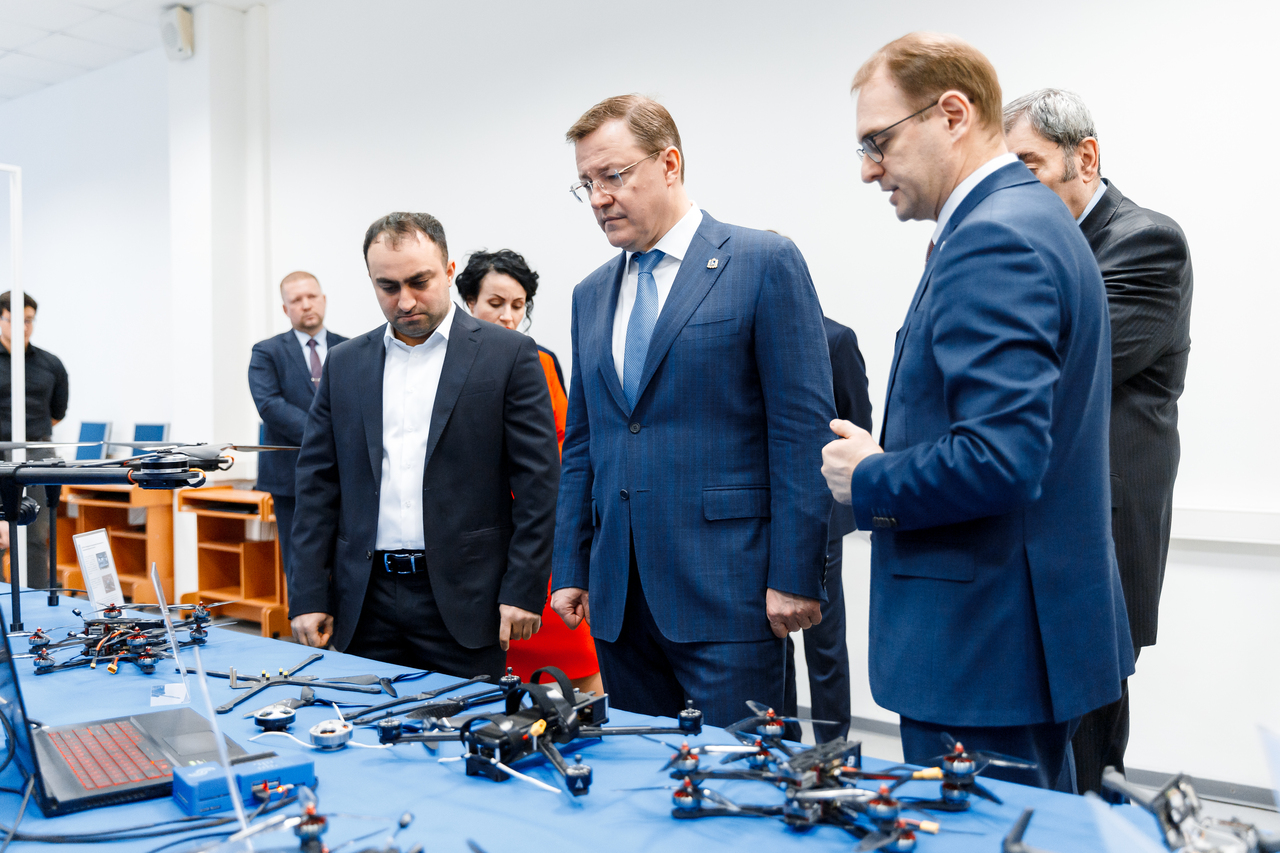
In cooperation with industrial partners, we optimize gas turbine engines for aviation, solve new problems with additive technologies, manufacture pilot batches of various parts and test them. We participate in the development of drones for remote monitoring of industrial facilities, transport infrastructure, and agricultural needs. This year we plan to create our own Aviation Training Center, which will train, among other things, certified pilots to manage large agricultural drones.
– Does the University have promising initiative projects?
– We try to predict how technology will develop in three, five, ten years. Experiment and create our own products. This is, for example, a satellite of a small universal platform – a 12-unit CubeSat. It will be cheap, lightweight, but due to the minimization of electronics and optimization of all devices, it will be able to fully perform the functions of surveillance, navigation and Internet distribution.
Another project is the creation of a small gas turbine engine and a gas turbine power plant based on it. Such an installation will help to supply electricity and heat to small remote settlements where there is no central heating and electricity supply, for example, where gas or oil production is carried out.
– Does the University manage to continue international projects? Has the number of international students changed?
– International cooperation continues. Of course, it has become difficult to work with unfriendly countries, but we neither had students from the USA and Canada in previous years. Plus, there were difficulties with arranging for scientific publications in some international scientific journals.
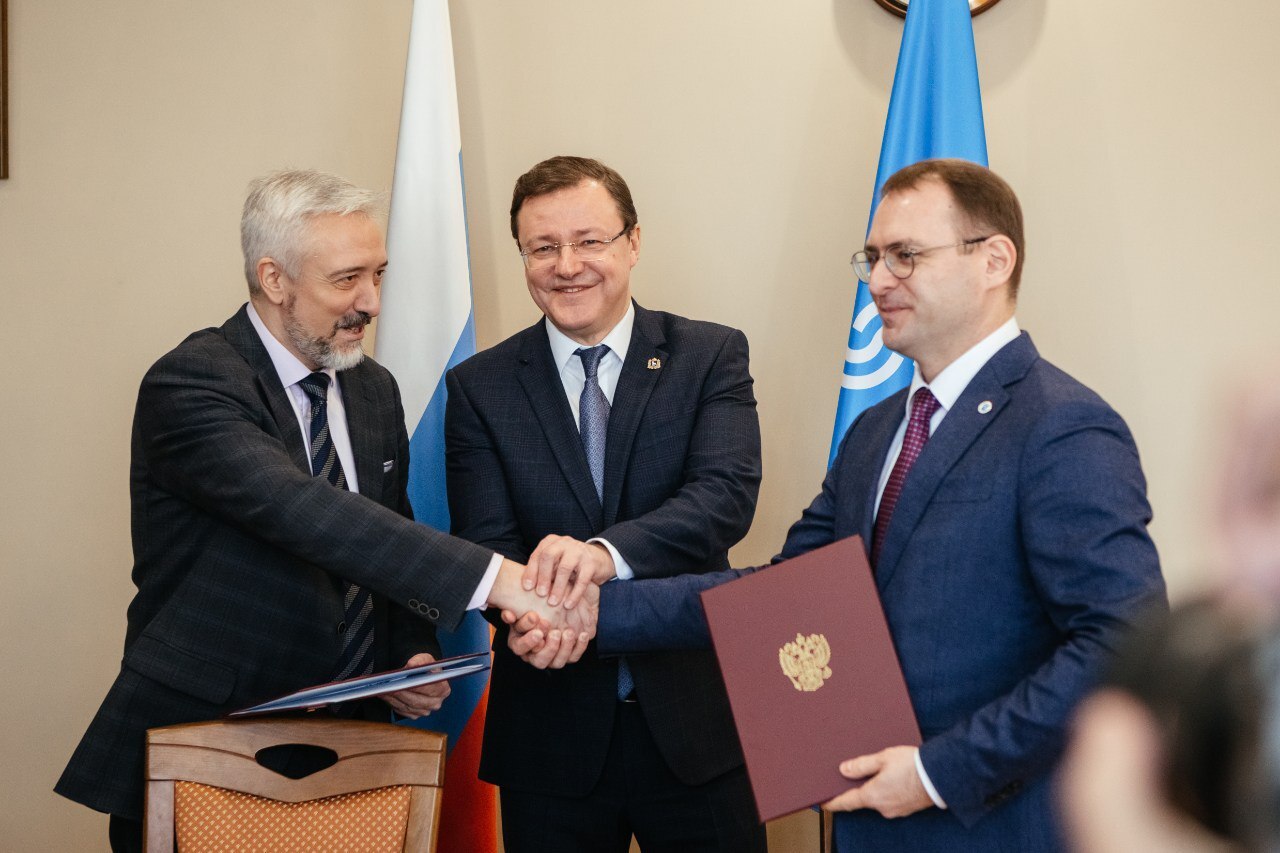
At the same time, hundreds of students come to us from friendly countries, their number remains at the usual level. For example, China and other countries in the East Asian region are increasingly interested in short-term space programs. The work goes on.
– What opportunities will the construction of an international interuniversity campus in Samara bring to the University?
– The University needs to develop its infrastructure. What was built in the 1960s and 1970s no longer meets modern requirements. Today, students choose, among other things, those universities where it will be convenient for them to live and study. Therefore, we need a campus with coworking spaces, public areas, conference rooms, and new dormitories with an increased level of comfort, including in order to attract international students.
All this is planned in the new campus. The first two floors will be occupied by scientific laboratories, where students will study science, and on the third floor they will study. The laboratories will focus on priority scientific areas – quantum telecommunications, IT medicine and medical instrumentation, unmanned aircraft systems and so on.
– How do you see the future of the University until 2030?
– By 2030, the University will be digital, including the entire document flow and the arsenal of managerial decision-making. We plan to use artificial intelligence to analyze data. We will introduce virtual augmented reality technologies and gamification into education.
By 2030, the University will become an entrepreneurial one. Students will generate ideas, create their own businesses and startups, and form their own teams. The University itself will become more business-oriented, its scientific and innovative component will grow. The share of funds raised from science will increase.
Our motto "Space for life" means that advanced space technologies are created for the benefit of society, so that people receive new services, medicines, materials, new equipment, and they would be more comfortable to live.
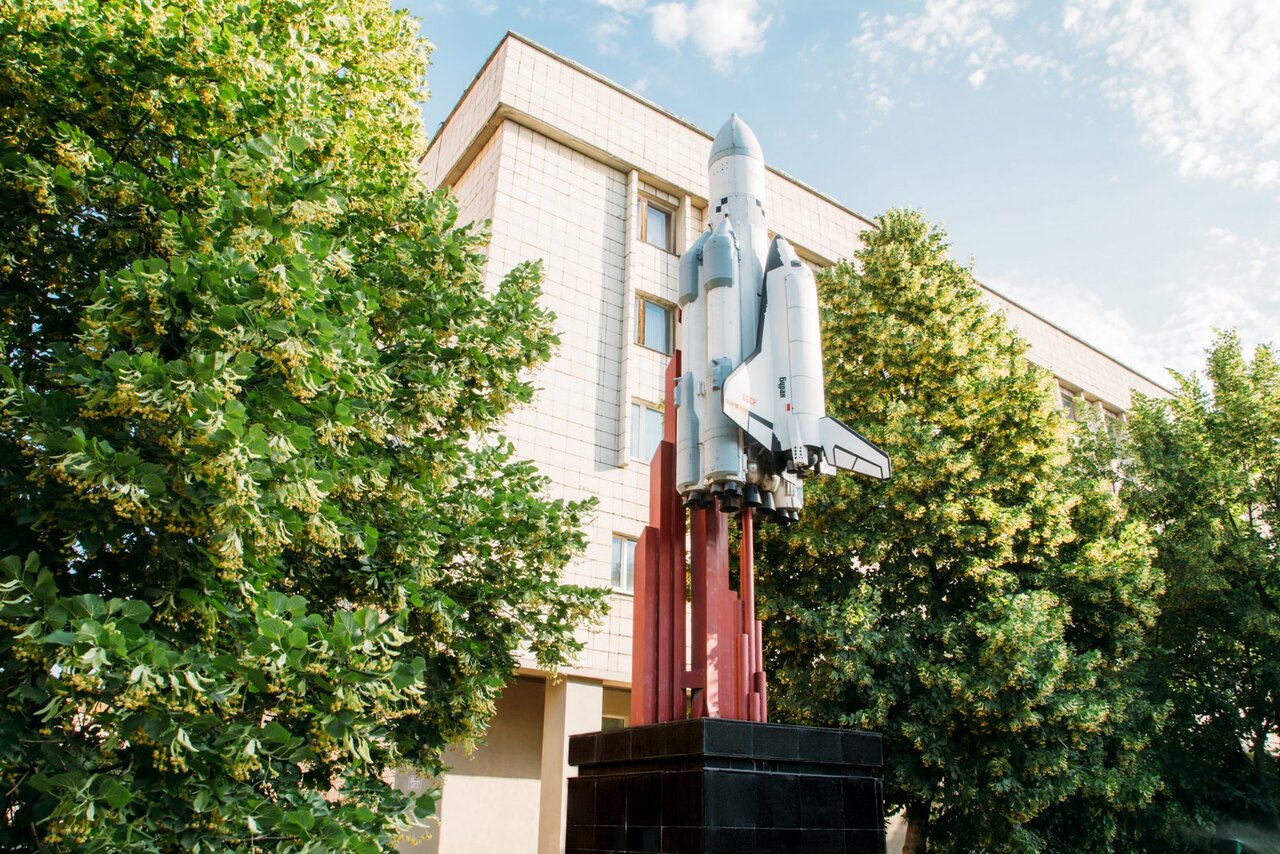
So Samara University will be digital, entrepreneurial and bringing advanced space ideas to life.
Source: ria.ru
 RU
RU  EN
EN  CN
CN  ES
ES 